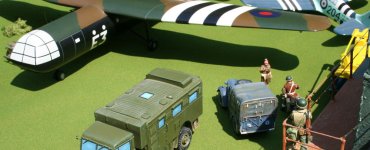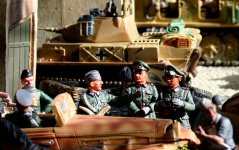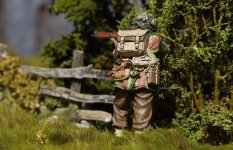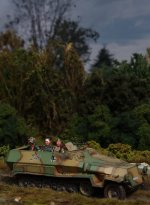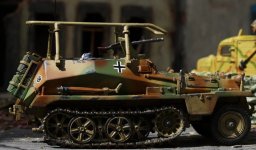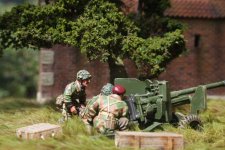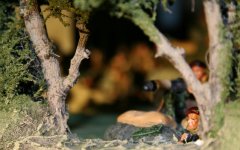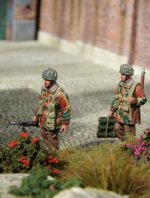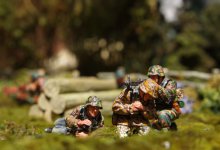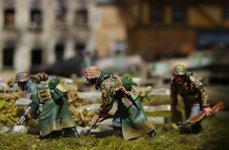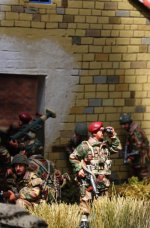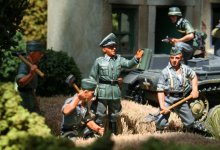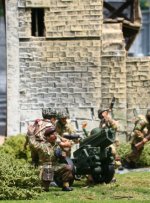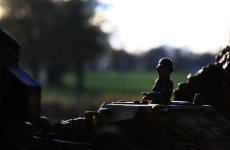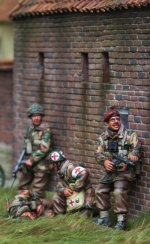They are excellent (and rare!).
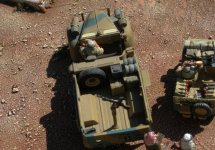
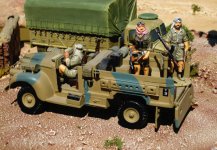
Just a shame we had the lost photos on that shoot, I would have liked more.
BTW I shall just finish the background on the Bren ....
Ref: Wikipedia
Summary of Variants
Mark 1
Introduced September 1937; the original Czechoslovak designed ZGB 33.
Overall length 45.5 inches (1.16 m), 25 inches (0.64 m) barrel length. Weight 22 lb 2 oz (10.0 kg).
Features:
- Drum-pattern rear aperture sight
- Buttstrap for use over-the-shoulder when firing
- Rear grip under butt
- Telescoping bipod
- Folding cocking handle
An Enfield-made .303 Bren Mk 1 was converted to
7.92mm in 1938 due to the suggestion of a possibility of a British Army change over to a rimless cartridge for machine guns being mooted.
Mark 2
Introduced in 1941, it was a simplified version of the Mk1, more suited to wartime production, with original design features subsequently found to be unnecessary deleted.
It was produced by Inglis of Canada and the Monotype Group through a number of component manufacturing factories. It was sometimes known as the "Garage hands" model.
Overall length 45.5 inches (1.16 m), 25 inches (0.64 m) barrel length. Weight 23 lb 3 oz (10.5 kg).
Features:
- Folding-leaf rear sight
- Buttstrap deleted
- Rear grip deleted
- Fixed height bipod
- Fixed cocking handle
The Bren Mk2 was much simplified in the body, which although still being milled from a solid billet of steel, required significantly fewer milling operations than the Mk1, resulting in a much cleaner appearance.
The bipod was simplified in design as well as not having extending legs. Most Mk2 bipods resembled a simple A-frame and were more 'soldier proof'. The Mk2 also featured a slightly higher rate of fire than the Mk1.
The woodwork on the Mk2 was simplified by being less ornate and ergonomic, which sped up the manufacturing process.
The barrel was also simplified by means of a non-stepped removable flash hider and, in some cases, a barrel fore-end that was matte instead of highly polished.
The buffered buttplate of the Mk1 was omitted and replaced with a sheet metal buttplate.
A small number of Inglis-made .303 Bren Mk 2 were converted post-war to fire the
.280 in (7 mm) Mk 1Z round used by the
EM-2 rifle.
The Inglis version of the Bren Mk 2 chambered for the
.30-06 (7.62 mm) cartridge and known as the M41 was also manufactured in
Taiwan after the end of the
Chinese Civil War.
Mark 3
A shorter and lighter Bren, made by Enfield from 1944, for the war in the East and for Airborne Forces.
This was similar to the Mk2 but with the light weight features of the early Mk1, with the main distinguishing feature being a shorter barrel and serrated area in front of the barrel nut.
Overall length 42.9 in (1.09 m), 22.25 in (0.565 m) barrel length. Weight 19 lb 5 oz (8.8 kg).
Mark 4
As with the Mk3 but this was a conversion of a Mk2.
Overall length 42.9 in (1.09 m), 22.25 in (0.565 m) barrel length. Weight 19 lb 2 oz (8.7 kg).
Besal gun
The Besal or Faulkner light machine gun was a Bren-inspired emergency design developed in the aftermath of the French campaign and the Dunkirk Evacuation as the
British Expeditionary Force lost almost 30,000 Brens.
Another factor was the potential vulnerability of a single, well known, manufacturing site for the Bren at Royal Small Arms Factory Enfield.
Developed in 1940 by Harry Faulker of the
Birmingham Small Arms Company, the Besal looks much like a Bren, but was developed with much simplified machining operations in mind to allow it to be produced in any machine shop.
Unlike the Bren, the Besal was full automatic only rather than select fire and lacked a cocking handle, using the pistol grip instead.
In Mark 2 format the Besal had no interchangeable parts with the Bren, but was designed to use Bren magazines.
Production
United Kingdom
Bren guns were produced at the
Royal Small Arms Factory, in
Enfield, London. The first Bren guns were built in September 1937, and by December, a total of 42 had been produced.
Weekly production was 300 Brens a week in July 1938, and 400 a week in September 1939.
The Monotype Group produced Mark 2 Brens.
Enfield produced a total of 220,000 Mark I Bren guns, 57,600 in Mark III, and 250 in Mark IV.
Canada
John Inglis and Company received a contract from the British and Canadian governments in March 1938 to supply 5,000 Bren machine guns to the UK and 7,000 Bren machine guns to Canada. Both countries shared the
capital costs of bringing in this new production facility.
Production started in 1940. By August 1942, the Inglis plant was averaging 10,000 Brens per month, and produced 186,000 Bren guns of all variants by the end of the war, including 43,000 chambered in
7.92×57mm Mauser for export to the Chinese
National Revolutionary Army.
India
In 1942, the
Ishapore Arsenal began to produce Bren guns, and continued to do so long after the end of World War II, also manufacturing variants in
7.62×51mm NATO.
A shadow factory for Ishapore was set up at
Kanpur and produced .303 Brens before it was later rechambered to fire 7.62 NATO ammo in 1964 as the 1A LMG.
Australia
In 1940, the
Lithgow Small Arms Factory in
New South Wales began to manufacture Bren guns, producing a total of 17,249 by 1945.
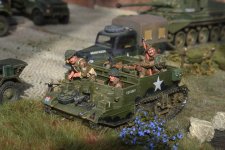
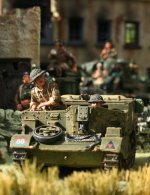
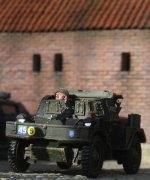
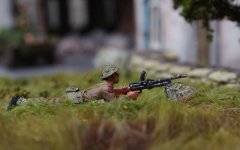
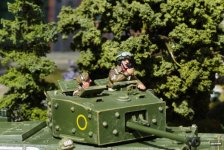
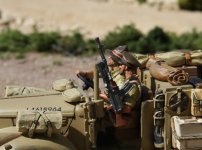
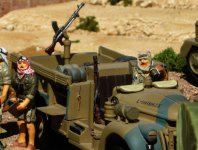
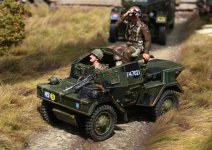
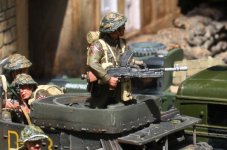


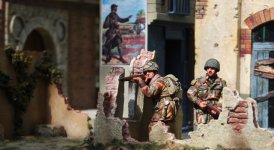
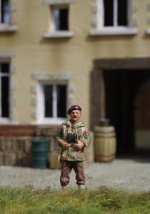
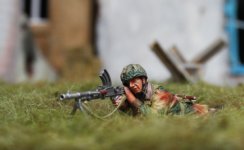
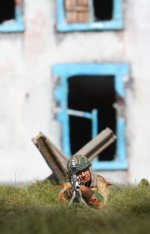
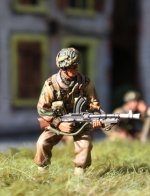
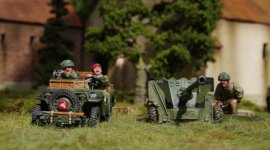
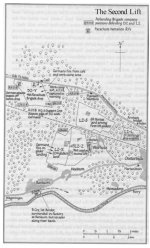

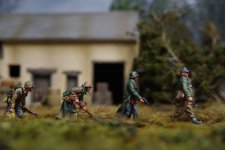
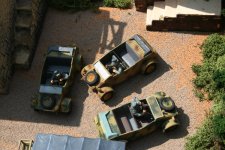
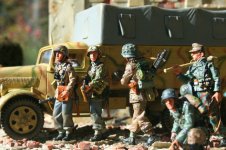
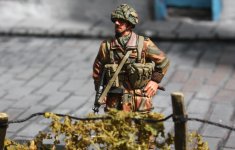
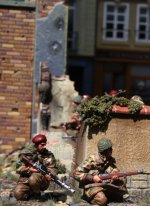
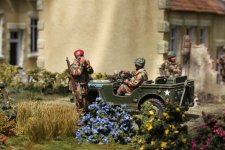
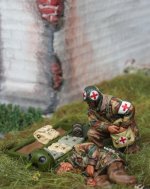
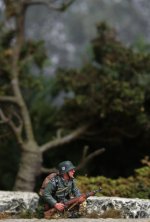
. And if you ever decided to do a book with all your pictures and everything you have told us about Arnhem I believe it would be very popular with all the Treefroggers around the world. Keep up the great work all the best Paul
